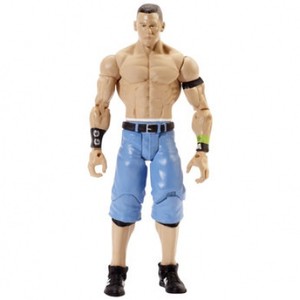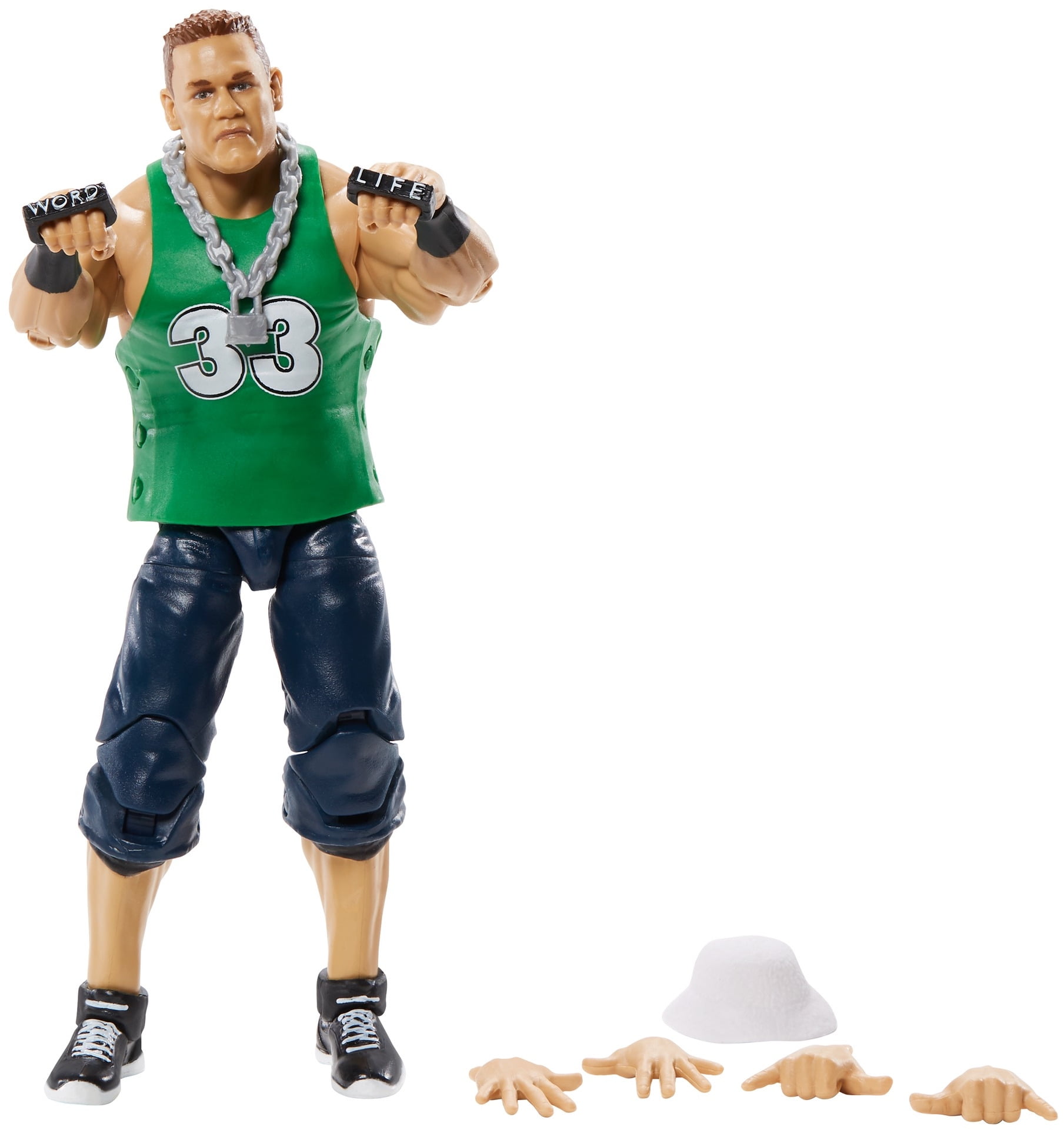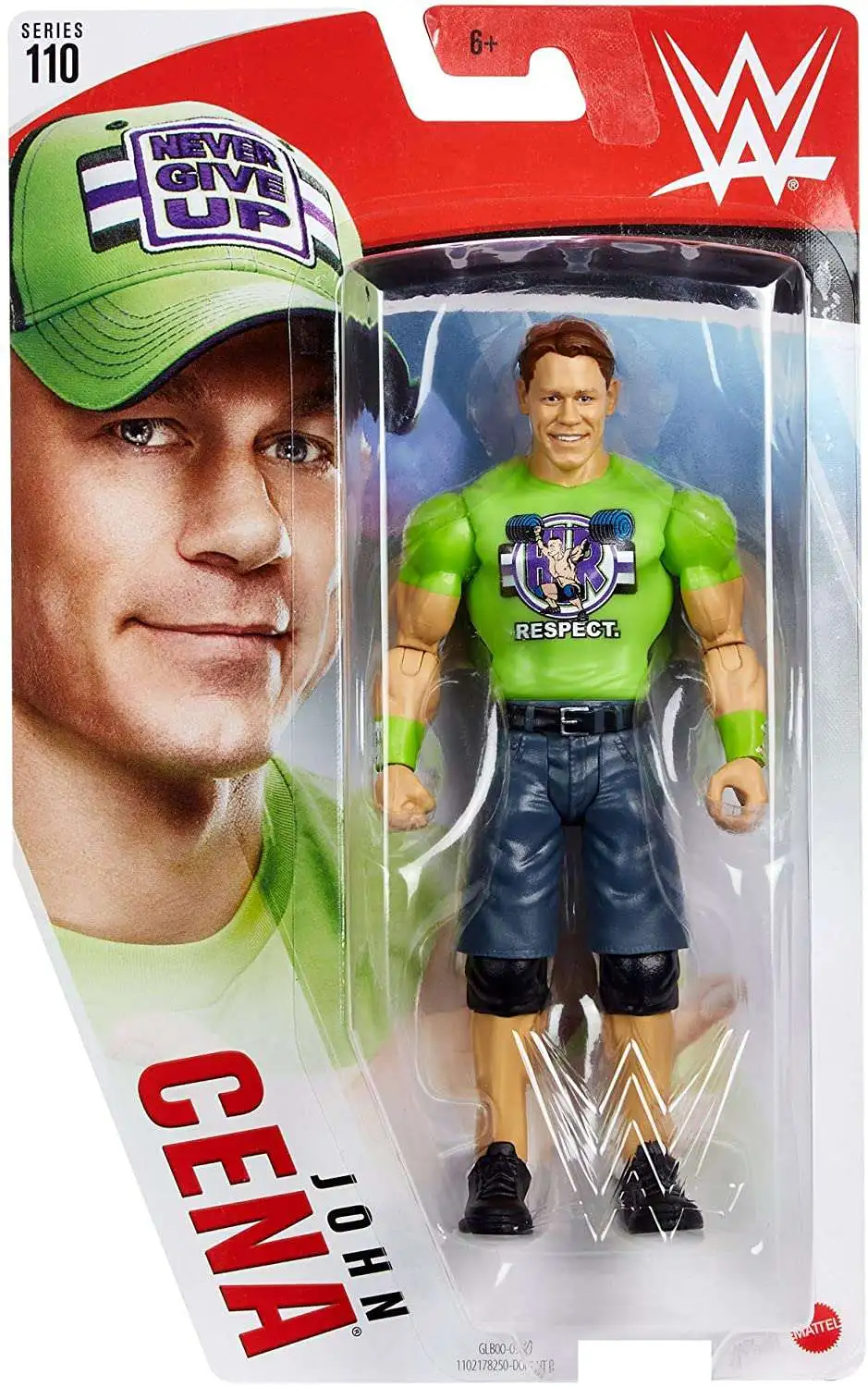
Amazon.com: WWE John Cena Elite Series #76 Deluxe Action Figure with Realistic Facial Detailing, Iconic Ring Gear & Accessories : Toys & Games

TV and Movies - EAGLEMOSS - WWEUK002 - <! WWE02 > John Cena WWE Championship Figurine Collection Cast Resin Hand-Painted Approximately 4 to 5 inches tall




















